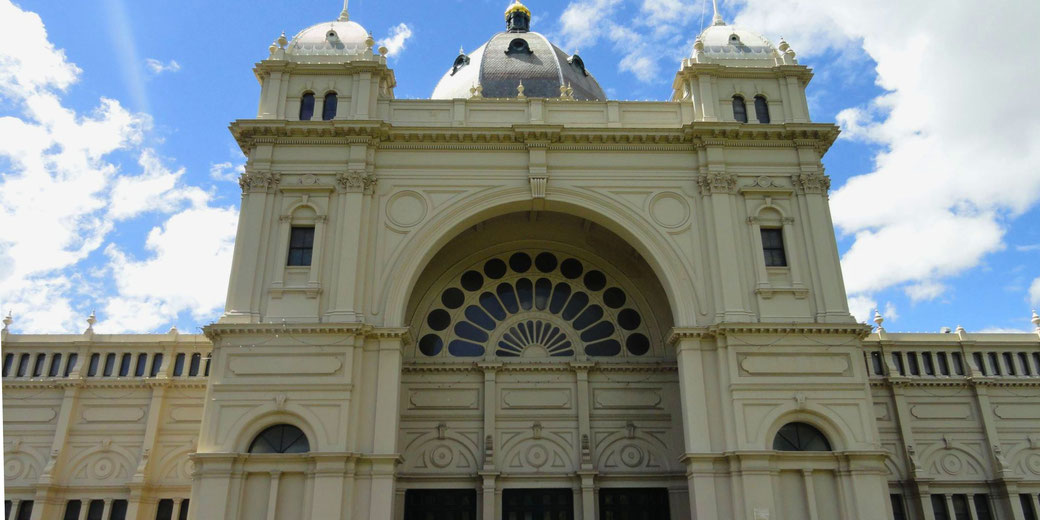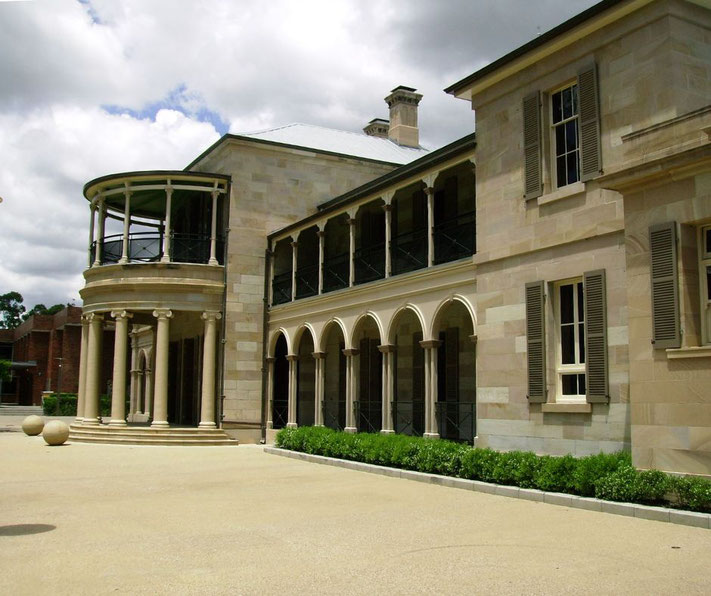How did the federation of Australia happen?

Australia became a nation on 1 January 1901 when 6 British colonies united to form the Commonwealth of Australia.
This process is known as federation.
Unlike other countries in the modern era that underwent periods of violent revolutions to rule themselves, Australia's process of federating was peaceful.
However, the journey to federation was a slow and complex process.
Australia before federation
When the British government had begun colonising Australia in 1788, each new region was considered to be a separate ‘colony’.
That meant that they had their own Governor appointed by the British government who represented the British Crown and reported back to London.
As a result, there was no single government in Australia, only the colonies of Western Australia, South Australia, Queensland, New South Wales, Victoria, and Tasmania.
Therefore, as European control expanded in Australia, the separate colonies had a closer relationship with England than they did with each other.
By the end of the 19th century, the different colonies of Australia decided that it was time to unify and have a single government that was a self-governing dominion within the British Empire.
This would mean that it had a significant degree of autonomy in its own internal affairs.
Reasons for federation
There were a number of clear disadvantages for the colonies to remain separated.
These disadvantages were often talked about during the conferences and were cited as things that needed to be fixed, or could be improved, by federating.
Here are the most common reasons:
Improved trade
Tariffs brought in a lot of money for the colonial governments. Tariffs were fees that people had to pay when moving their products across the borders between the different colonies.
While this made a lot of money for the different colonial governments, it discouraged trade because people didn’t want to pay.
Therefore, if one colony had more food than a colony near it, it was difficult to encourage merchants to sell across the border, since it cost too much to do so.
Therefore, federation could reduce these costs and encourage cooperation between the colonies.

Defence
Each of the separate colonies had their own army. For example, there was a Queensland army and a New South Wales army.
However, each colony didn’t have enough funds to equip them with the most up-to-date weapons and training.
None of the colonies had the numbers or the resources to defend themselves if they were invaded.
The Australian colonies were growing concerned about the presence of Germany and France in the Pacific region, and the power of the Russian empire.
It was argued that it would be better for the different colonies to combine their men and money to create a single, more professional, army to defend all of Australia.
Immigration
Many people of British descent in the late nineteenth century worried about immigration from non-white nations.
The colonies grew concerned that the influx of cheap labour would mean that people already in Australia would lose their jobs.
This included Pacific Islanders who were employed on the sugar plantations in Queensland.
It was argued that a single national government would be able to create and enforce a unified approach to controlling immigrants.
Railway tracks
While this doesn’t seem obvious today, one of the biggest concerns at the time was the railways.
Steam trains were the quickest and most efficient way of moving things between the colonies.
However, since each colony had made their own decision, they had all built their railways with slightly different widths between the tracks.
That meant that trains in Victoria could not travel on tracks built in South Australia.
This was a practical nightmare, as goods needed to be swapped between trains when it reached the border.
A single, federated country could enforce one train track system.

Communications
Similar to the railways, each colony had its own post office system, and the new technology, the telegraph, was about to be as fragmented among the colonies as well.
For the colonies to communicate quickly and effectively with each other, they needed a single approach to these organisations.
Nationalism
By the time that Australia did federate in 1901, nearly three-quarters of the country had been born in Australia.
As a result, there was a growing identity around being ‘Australian’ as well as being ‘British’.
There were movements to encourage a deeper love of a single nation by forming national sports teams and celebrating ‘Australian-ness’ in songs and poetry.
How federation finally happened
However, finding a way of unifying colonies that had operated separately for over one hundred years, was a difficult process.
As a result, much debate, discussion and compromise had to happen first.
One of the first steps was taken by a man called Henry Parkes. Known as the 'Father of Federation', he delivered a speech at the town of Tenterfield in 1889, known as the Tenterfield Oration.
It encouraged all Australians to seek unification and it is widely regarded as a pivotal moment in sparking the federation movement in Australia.
To facilitate the process, a series of 'constitutional conventions' were held in the 1890s, where people met to debate and discuss the future of Australia.
In 1891, an Australasian Convention was held, with representatives from each of the colonies, as well as New Zealand.
Then, the Corowa Conference of 1893 proposed a federation process that involved drafting a constitution to be approved by referendums in the colonies, a method that was ultimately adopted in the path to federation.
They created a draft constitution, which was the legal document required to make federation a reality.
The Constitutional Conventions of 1897 and 1898 were instrumental in drafting the final form of Australian Constitution, with key figures such as Edmund Barton, Samuel Griffith, and John Quick playing significant roles in its creation.
The colonies each had time to read and discuss the constitution before voting on it.
The Australian Constitution was then approved by a series of referendums held in each colony between 1898 and 1900, with a majority of voters in each colony, except Western Australia initially, voting in favor of federation.
In 1900, representatives of the colonies travelled to London to seek approval from the British Parliament for the Commonwealth of Australia Constitution Act, which then allowed the federation to proceed.
The Australian Constitution also received Royal Assent from Queen Victoria on July 9, 1900, paving the way for the official proclamation of the Commonwealth of Australia.
Finally, on the 1st of January 1901, Australia officially became a unified country.
The first Prime Minister was Sir Edmund Barton, and his government could start working on solving all of the concerns that had been raised before.
Australia was now federated.
What do you need help with?
Download ready-to-use digital learning resources
Copyright © History Skills 2014-2025.
Contact via email
With the exception of links to external sites, some historical sources and extracts from specific publications, all content on this website is copyrighted by History Skills. This content may not be copied, republished or redistributed without written permission from the website creator. Please use the Contact page to obtain relevant permission.





